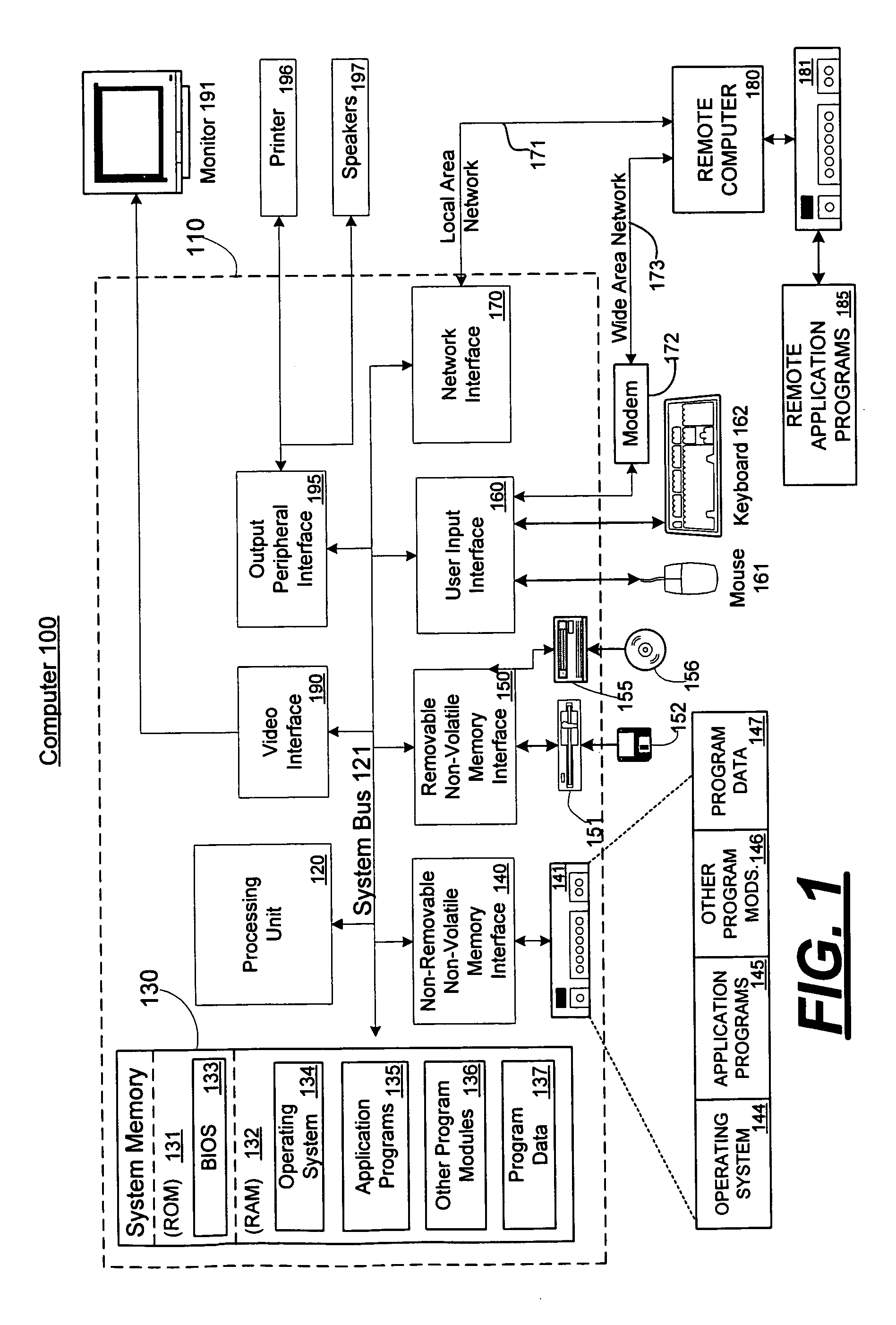Interpolation using radial basis functions with application to inverse kinematics
a technology of radial basis function and interpolation solution, applied in the field of computer graphics, to achieve the effect of low computational power and high efficiency
- Summary
- Abstract
- Description
- Claims
- Application Information
AI Technical Summary
Benefits of technology
Problems solved by technology
Method used
Image
Examples
Embodiment Construction
Overview
[0024] Much of the power of computer graphics lies in the fact that a computer can animate a figure. Prior to computer graphics, every position of an animated figure needed to be drawn by a human illustrator. Now, a computer can be instructed to pose an object (or create a motion for an object) in accordance with some constraint (e.g., position an arm touching a white board at coordinates (x,y), position the quarterback on the 50-yard line, etc.) and the computer can generate the pose (or motion). The present invention provides a technique for creating a function to generate this pose (or motion). Inasmuch as the invention applies to both poses and motions, we shall use the term “manipulation” to describe the animation of an object, whether that manipulation produces a still “pose” for the object, or a motion (i.e., a trajectory through time) of such an object.
Exemplary Computing Environment
[0025]FIG. 1 illustrates an example of a suitable computing system environment 1...
PUM
 Login to View More
Login to View More Abstract
Description
Claims
Application Information
 Login to View More
Login to View More - R&D
- Intellectual Property
- Life Sciences
- Materials
- Tech Scout
- Unparalleled Data Quality
- Higher Quality Content
- 60% Fewer Hallucinations
Browse by: Latest US Patents, China's latest patents, Technical Efficacy Thesaurus, Application Domain, Technology Topic, Popular Technical Reports.
© 2025 PatSnap. All rights reserved.Legal|Privacy policy|Modern Slavery Act Transparency Statement|Sitemap|About US| Contact US: help@patsnap.com



